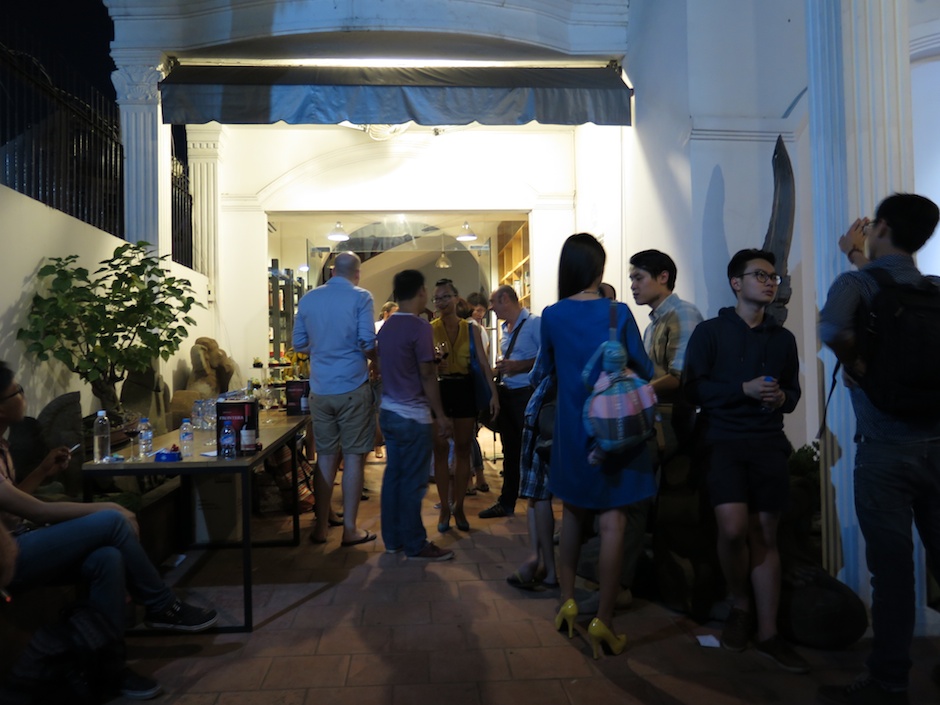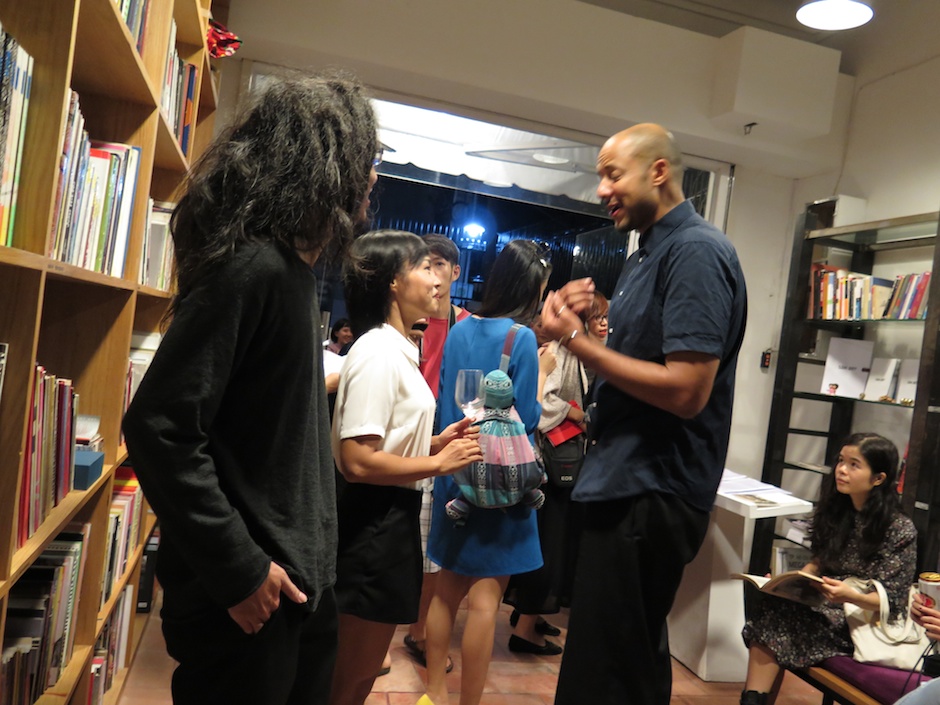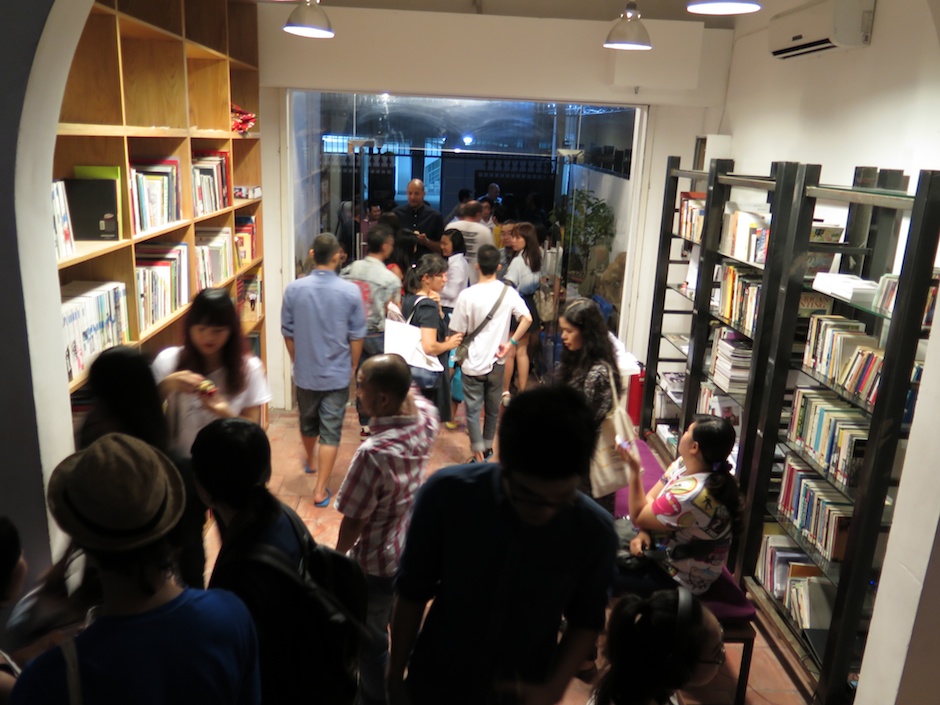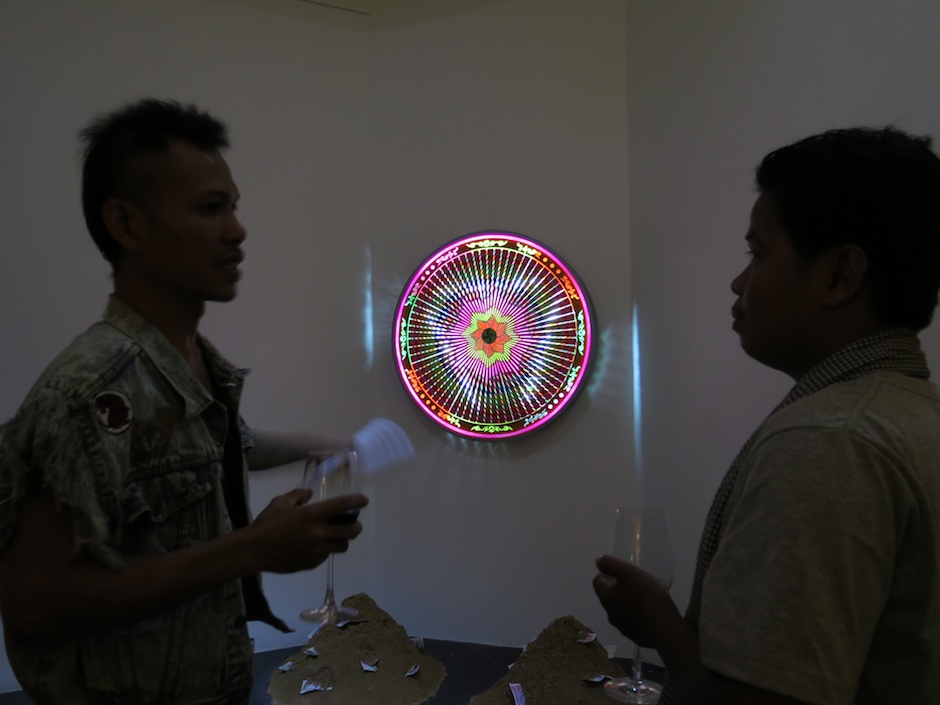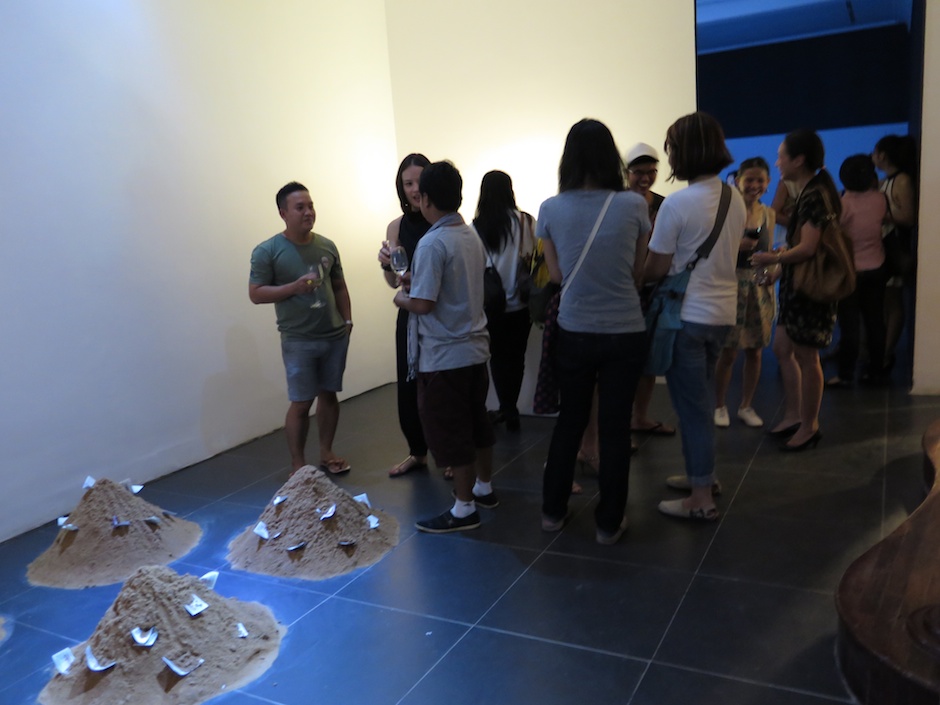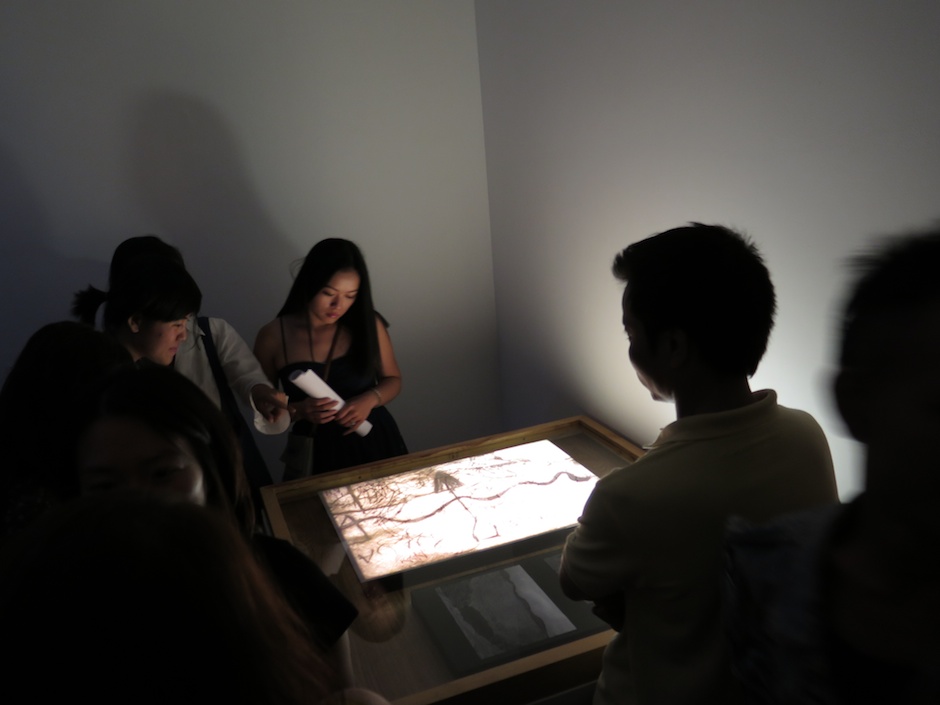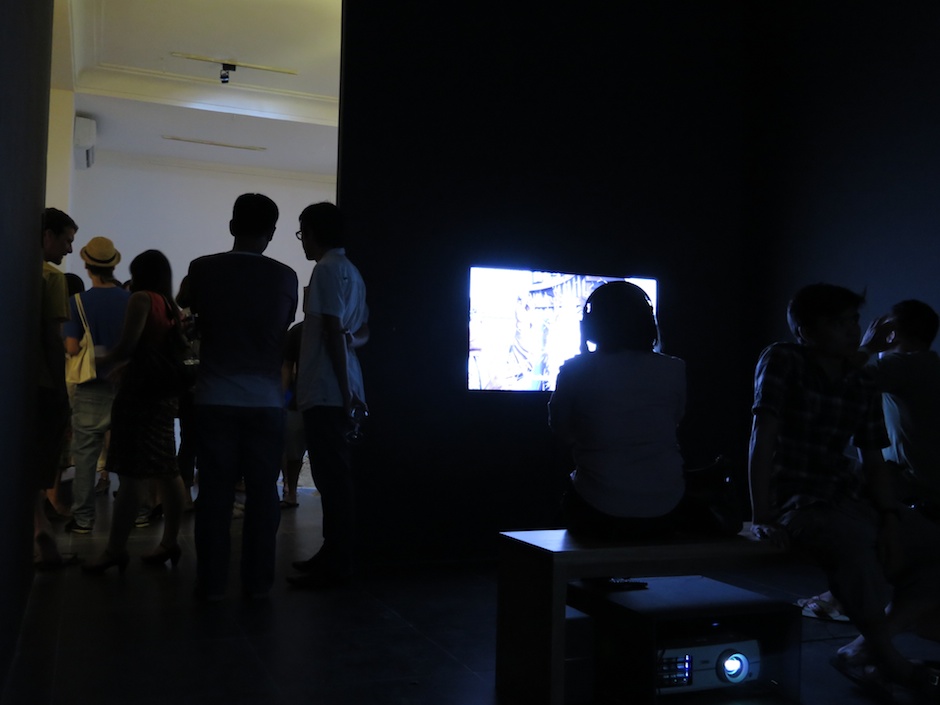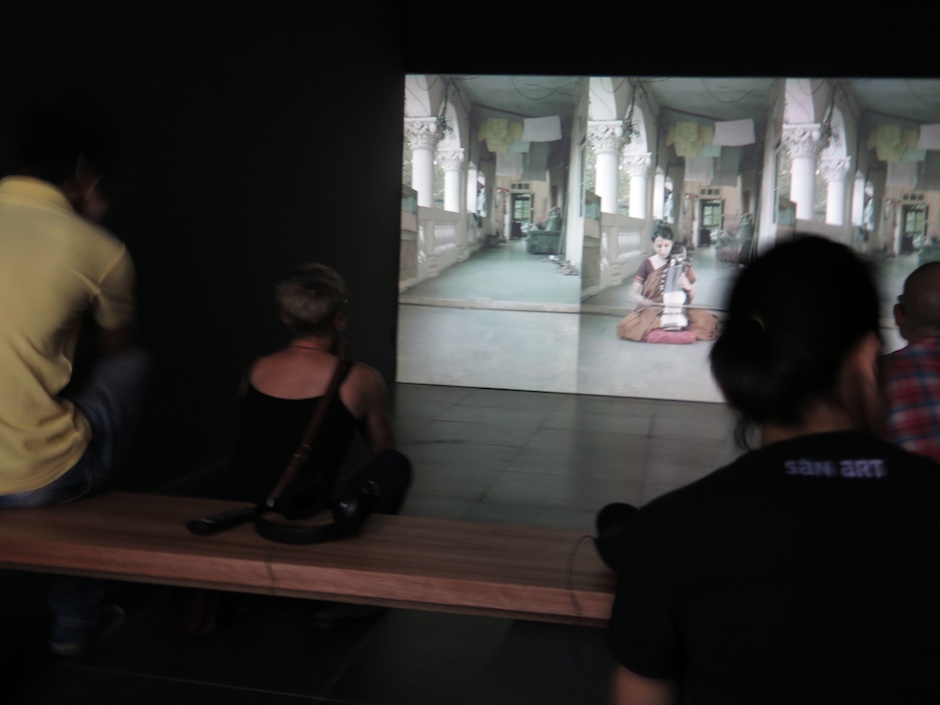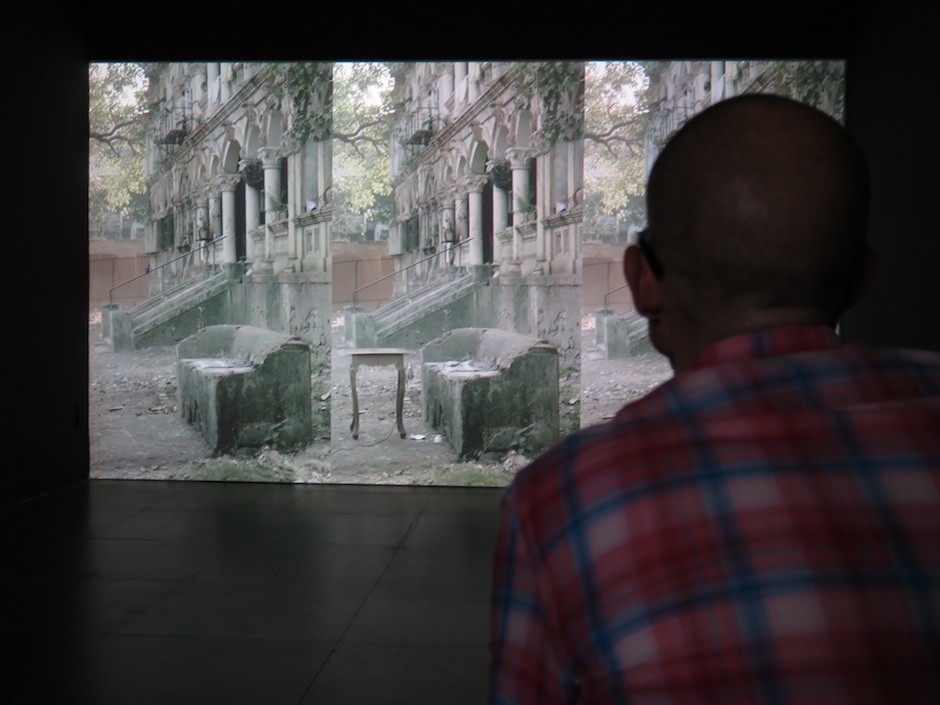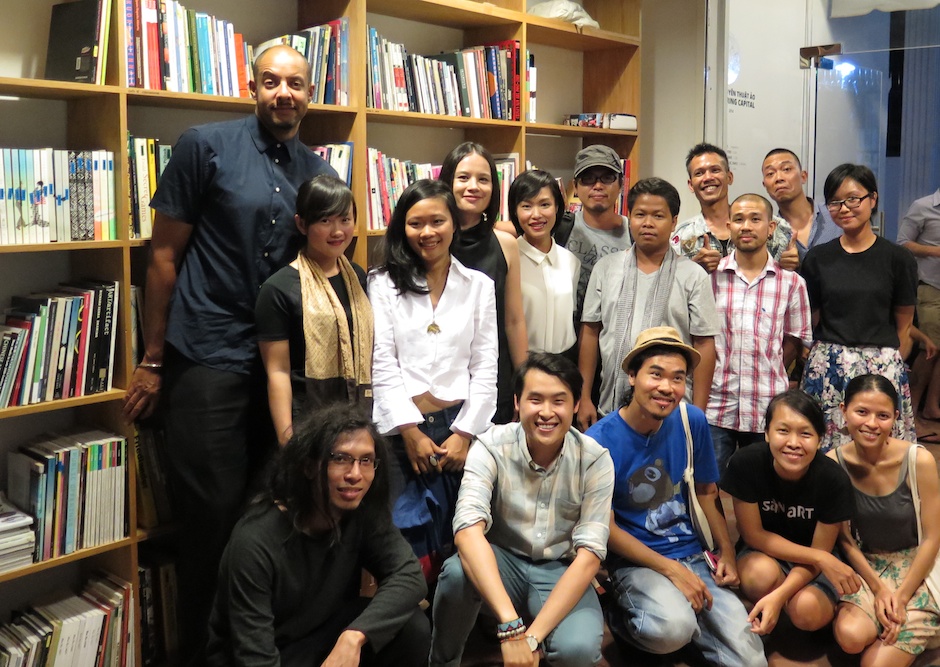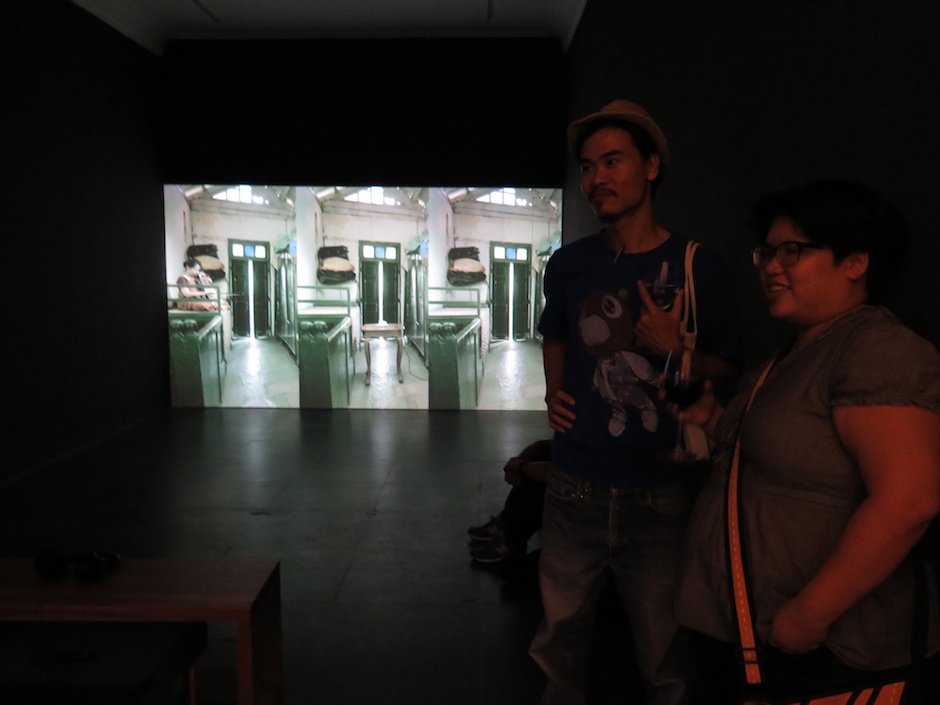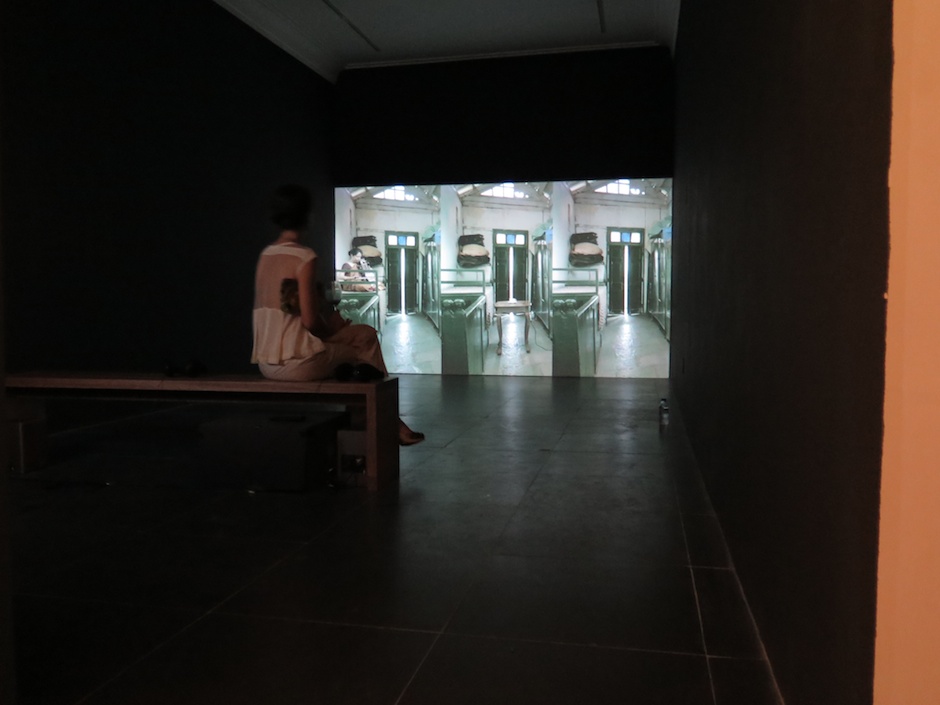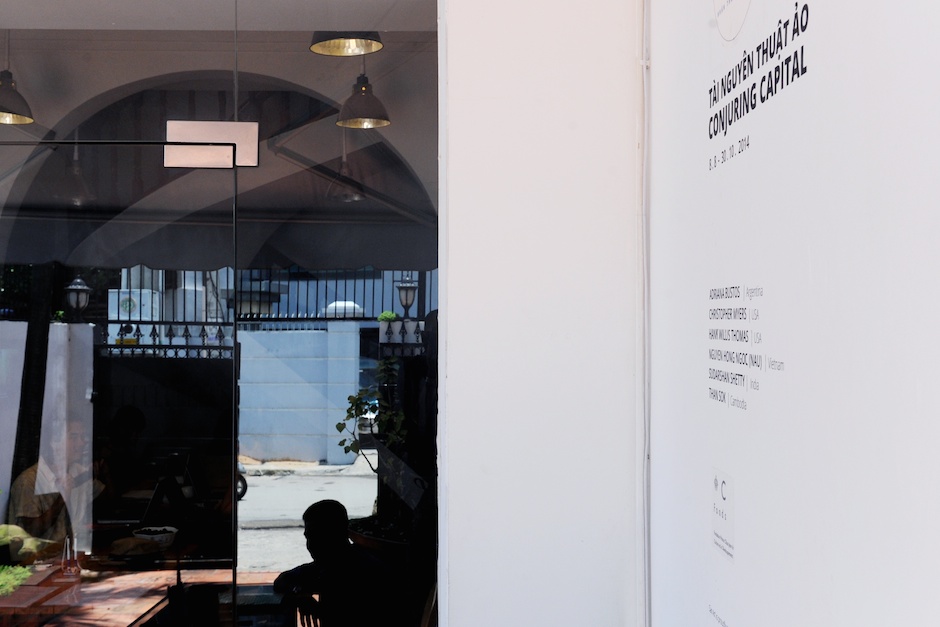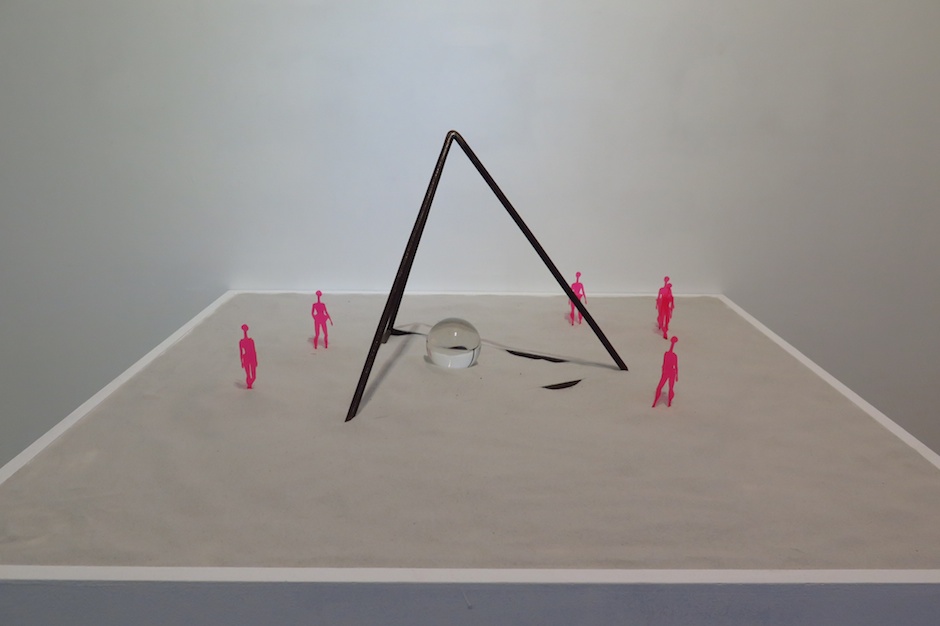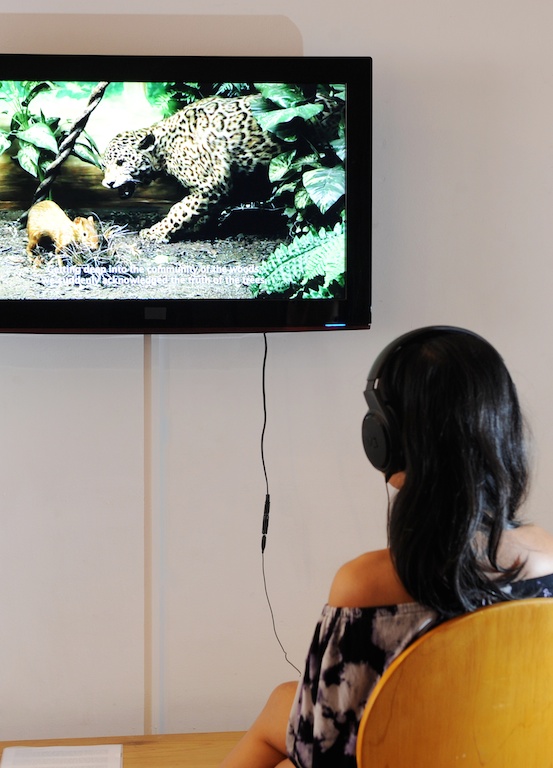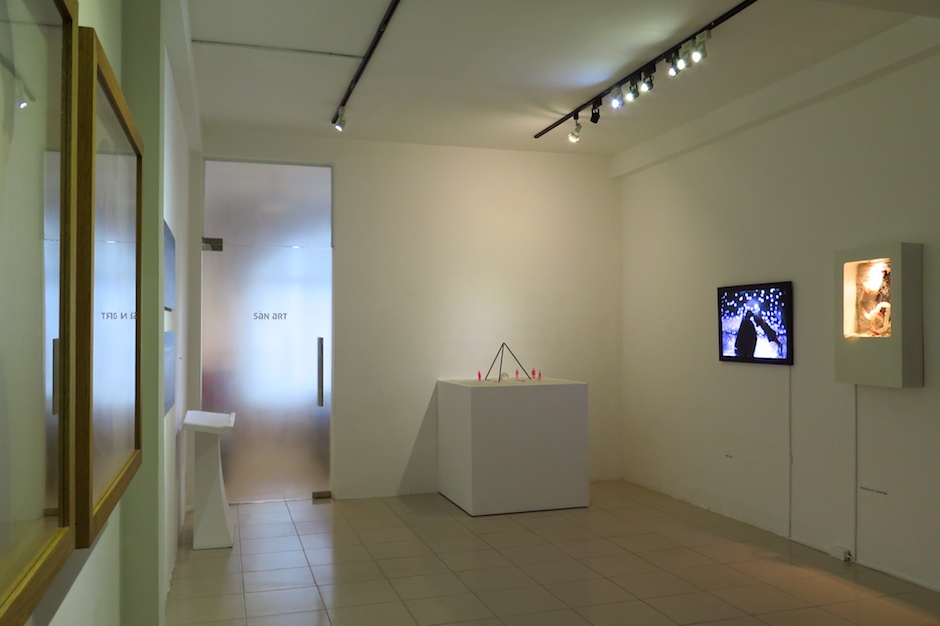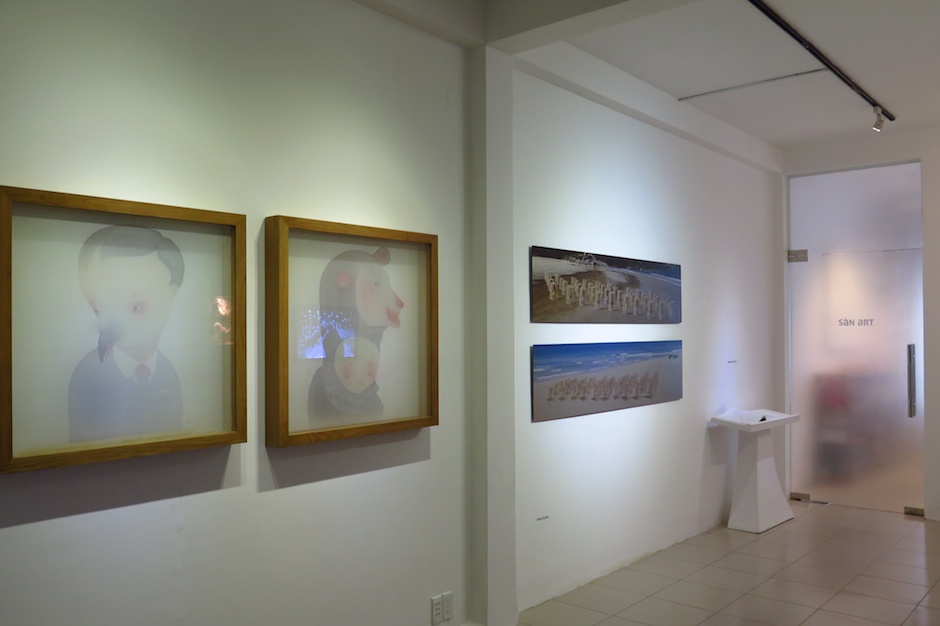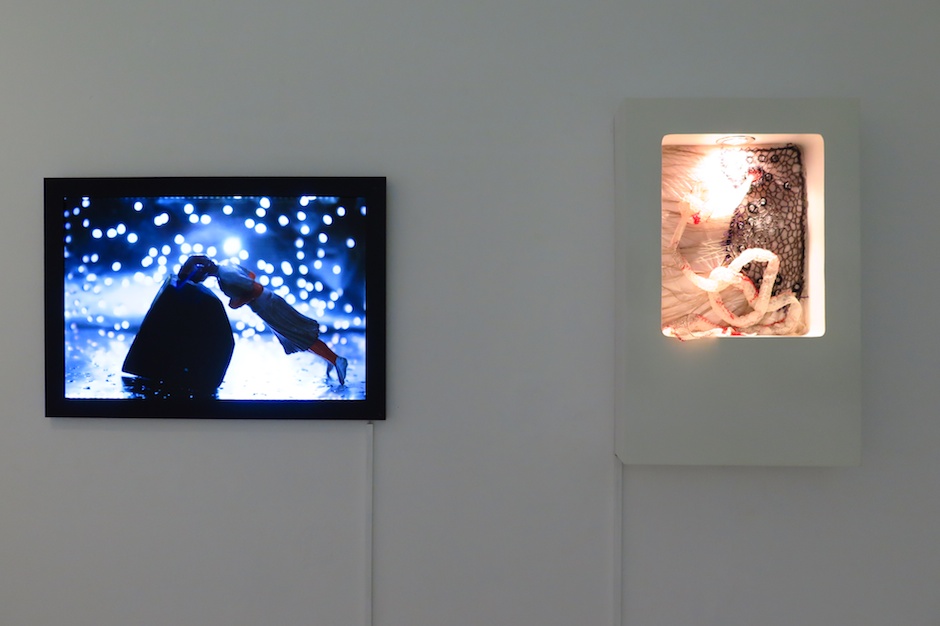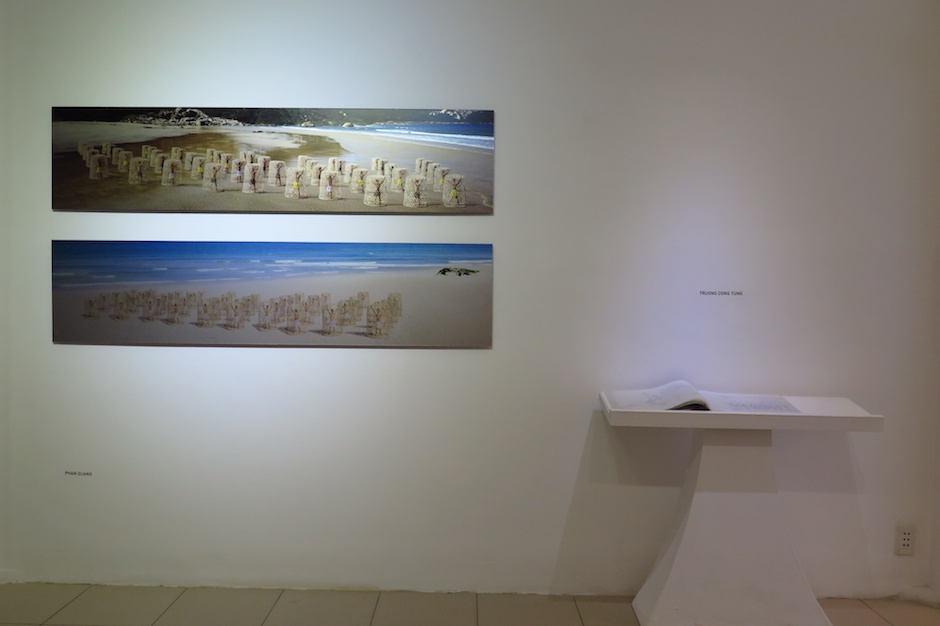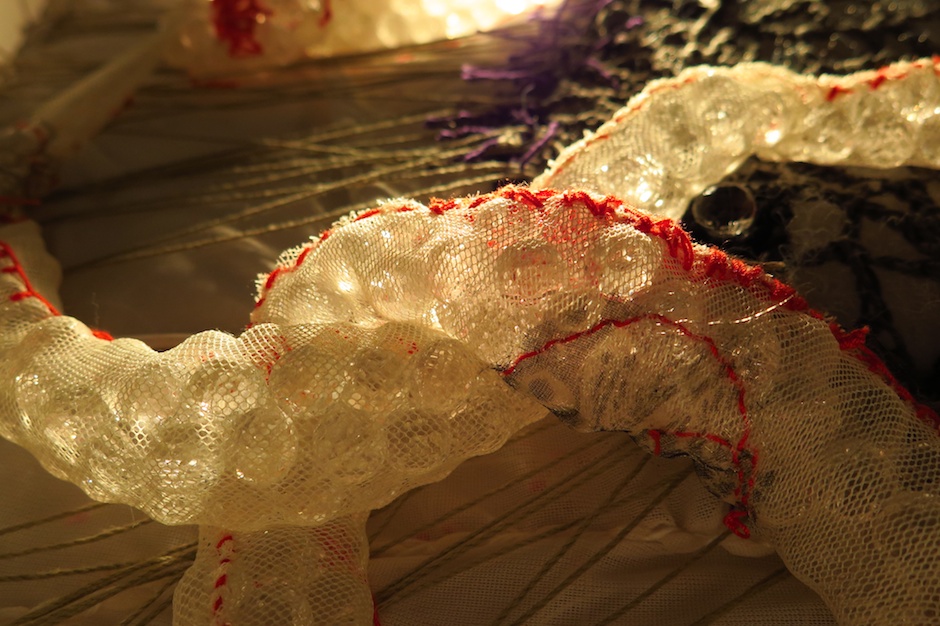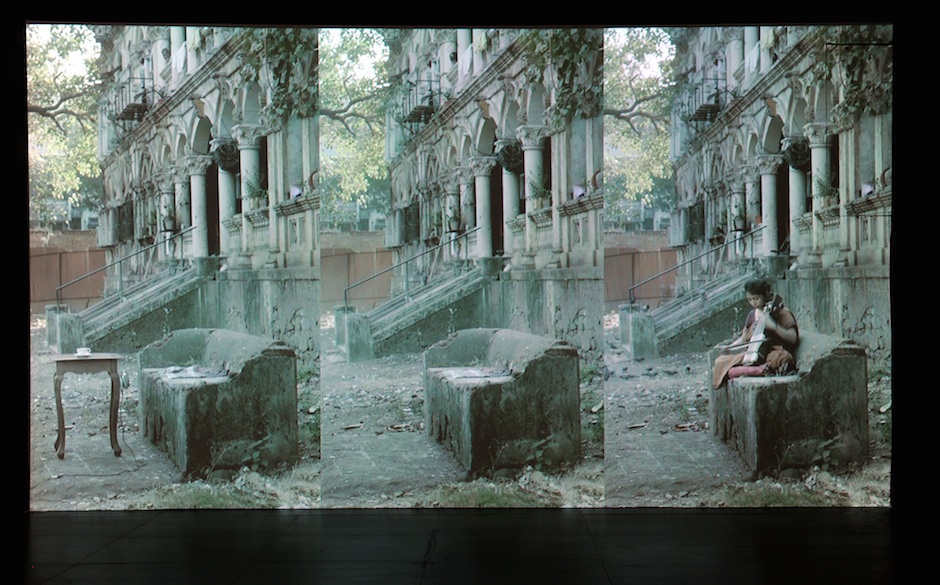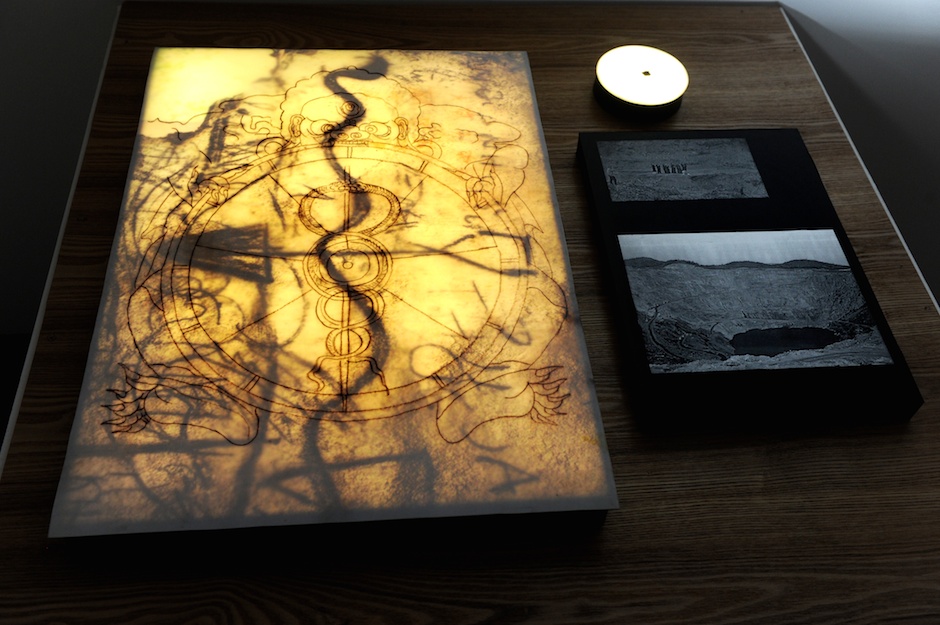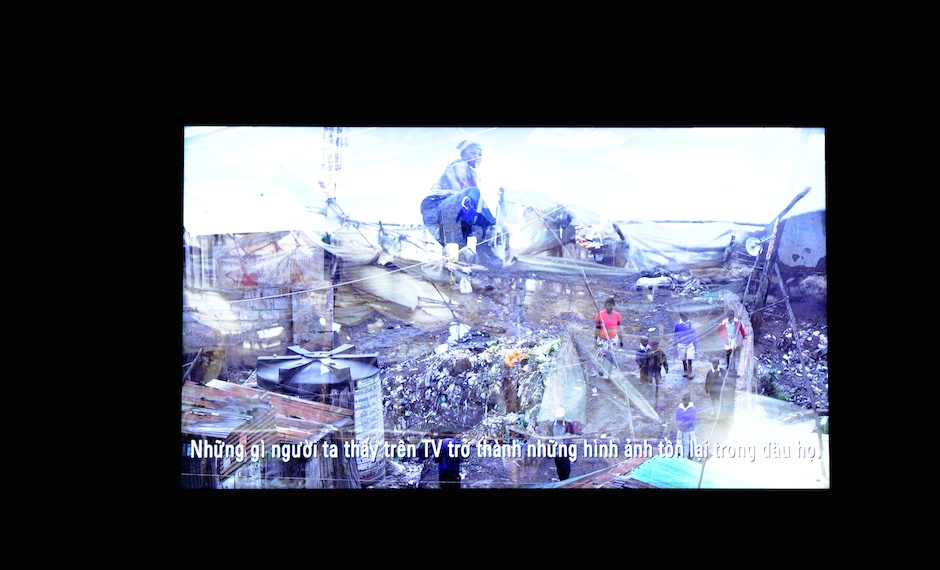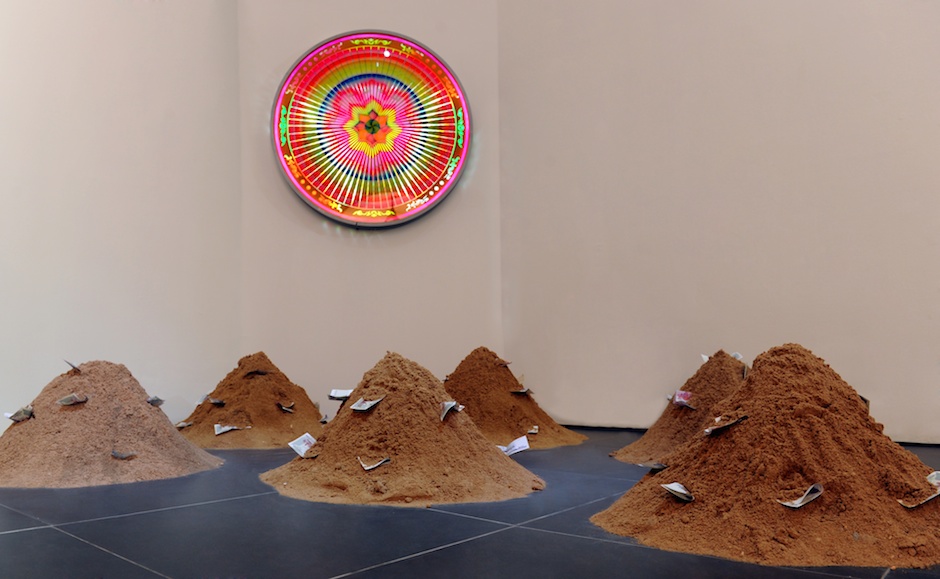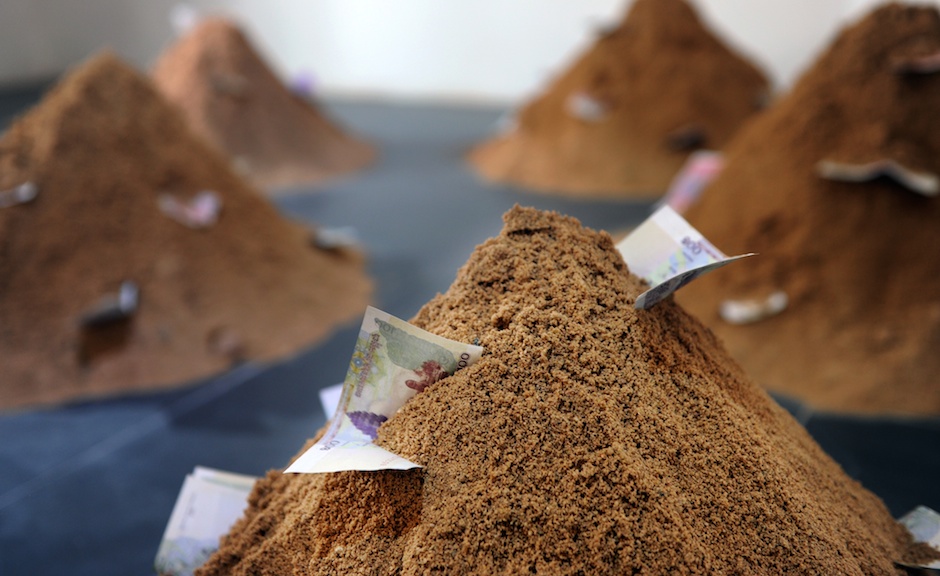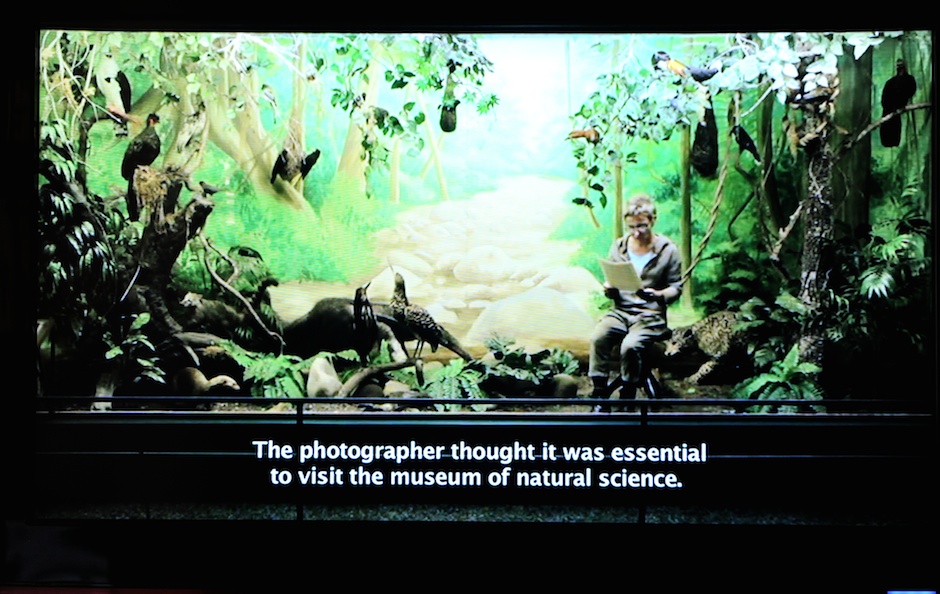A group exhibition of Adriana Bustos (Argentina), Christopher Myers and Hank Willis Thomas (USA), Nguyen Hong Ngoc (Vietnam), Sudarshan Shetty (India) and Than Sok (Cambodia)
Opening: 08.08.2014 @6pm
Exhibition on view until 30.10.2014
Location: Sàn Art
3 Me Linh, Binh Thanh
Ho Chi Minh City
San Art is pleased to present ‘Conjuring Capital’, a group exhibition inspired by the resourcefulness of six contemporary artists who challenge the time invested in labor as an exchange value that justifies and determines wealth. Participating artists include Adriana Bustos (Argentina), Christopher Myers and Hank Willis Thomas (USA), Nguyen Hong Ngoc (Vietnam), Sudarshan Shetty (India) and Than Sok (Cambodia). These voices come from the Global South, a complex set of geographies that endure the residual affect of coloniality and its current neoliberal face. Encompassing video, sculpture, installation, painting and drawing, the exhibition is curated by Zoe Butt, as part of the 3-year endeavor ‘Conscious Realities’, initiated and organized by San Art in Ho Chi Minh City.
What, exactly is ‘capital’?
Capital is considered wealth in the form of money or assets, which is socially taken as a sign of financial strength of an individual, organization or nation and assumed available for development of investment.[i] According to economic theory, ‘capital’ is an exchangeable resource produced by human labor. Karl Marx in his landmark text ‘Capital: Critique of Political Economy’ critically outlines how the capitalist system argues a commodity’s value according to its ‘exchange-value’ which is measured by how much labor power went in to its production. Marx specifically reveals the level of human exploitation incurred under such a system, arguing that the worker becomes a measured unit of energy where the idea of ‘usefulness’ is no longer about quality and skill, but about time. Time becomes socially coded, constructed and controlled by how much labor can be quantifiably measured where profit is prioritized over need. Such an intangible system of control over resources – not only human labor but also the materials excavated, exhumed and melded as its task – is often an ethical challenge to the sustainability of our environment, cultural rituals and beliefs. Today, those who control and disseminate capital circulate the stories that they want its future labor force to hear.
We enter the exhibition ‘Conjuring Capital’, via the small library of San Art, and we can hear the voice of artist Adriana Bustos as she sits within a whole other kind of collection. She sits behind glass as part of a diorama representative of a jungle within a natural science museum in Bolivia. ‘Landscapes of the Soul’ takes place inside a museum, we can hear the guard admonishing a child for touching the exhibit and perhaps as viewers we wonder what is alive and what is dead, what is fact or part of the artists’ illusion. Adriana attempts to make us think about how history presents particular images of the past that overlook the truth. This jungle infers great fear across Latin America today for the thousands of victims who continue to fall prey to drug cartels that demand their bodies as machines, in often-deadly missions, to deliver cocaine for a black market economy[ii].
In the work of artist Than Sok, a question of conscience is challenged through the religious practice of giving alms. ‘To Give is to Receive I’ is a reconfiguration of objects used in ritualistic practice between Buddhist monks and laity in Cambodia. In a country where many young men from the countryside migrate to the urban centers, becoming monks as a way of earning money for the future, the giving of alms has become a highly contested practice, a conjuring of wealth from faith that denigrates the principles of Buddhist thinking as something purchasable and thus expendable. If karma is considered the sum of a person’s good deeds towards the next life, Than Sok queries the social architecture of contemporary life where the short sightedness of instant gratification fails to provide for future generations to come.
While Than Sok’s Buddhist halo sits in heightened awareness of the gesture of giving, Nguyen Hong Ngoc’s snake straddles the dualism of death and mortality, where coal as capital may bring warmth, light and energy it also consumes and emits a waste that cannot be recycled. Her project highlights how local economies become dependent on these destructive industries because an income must be generated to survive. She points to the value of belief and tradition in providing hope and explanation for the impermanent world in which we live, the thanka cycles defying human idleness, that the only constant is change.
In the short film ‘Am I going too fast?’ Hank Willis Thomas and Christopher Myers focus on the cities of Nairobi and Nakuru where mpesa – a microfinancing service that uses mobile phone technology to enable the transfer of funds easily from urban to rural communities – aids local forms of trade. In this short film we see sleuth metal craftsman sculpt animals of myth and fantasy; we see immigrant families from India negotiate trade in traditional textiles; we hear the observations and dreams of the local businessman who comment that their workforce is bigger than China, bigger than India; they speak of the revolution that mpesa, this informal banking system, has brought to their country and how it has enabled their own means of conjuring capital. ‘Am I going too fast?’ speaks of the difference between perception and reality, begging the world to look at the transformation that is happening on the ground, to move beyond the persisting stereotypes of color and class to focus on the wonder of their historical context.
In thinking of how images and objects are used as forms of capital to speak about our realities beyond our lifetime, Sudarshan Shetty presents ‘Waiting for others to arrive’. Shetty provides three separate tableau: the interior of the chawl, its hallways, followed by its exterior. The sound of the sarangi, an ancient instrument of India, threads its presence with a ‘raga’ through all three sites – its mournful voice a reflection of the player’s emotional state. Hearing the montage of time through traditional instrument; the smashing of porcelain followed by the sound of the jackhammer in the rear alludes to the fragility of cultural and material capital, a fitting piece to conclude this exhibition for the video is placed on constant loop, reaffirming the cycle of creation and destruction.
What connects the artists in this exhibition are their sharp observations of the designed circulations of wealth – be they colonial, religious, capitalistic, entrepreneurial or cultural – bringing to light the smaller human tales of drug mules; monks as traders; coal landslides as residential back yards; the upward mobility of life amongst seeming poverty and the psychological affect of resettlement within urban gentrification. Their study of social systems and its symbolic languages are provocative statements that pose counter-memory to the official record.*
San Art wishes to thank the following organizations for their support of this exhibition: Gallery SKE, New Delhi, India; Sa Sa Bassac, Phnom Penh, Cambodia; Ignacio Liprandi Arte Contemporáneo, Buenos Aires, Argentina.
* Excerpt from curatorial essay. To view the full essay, please download via the link below
—
[i] http://www.businessdictionary.com/definition/capital.html
[ii] Interview between author and Adriana Bustos, March, 2014.


